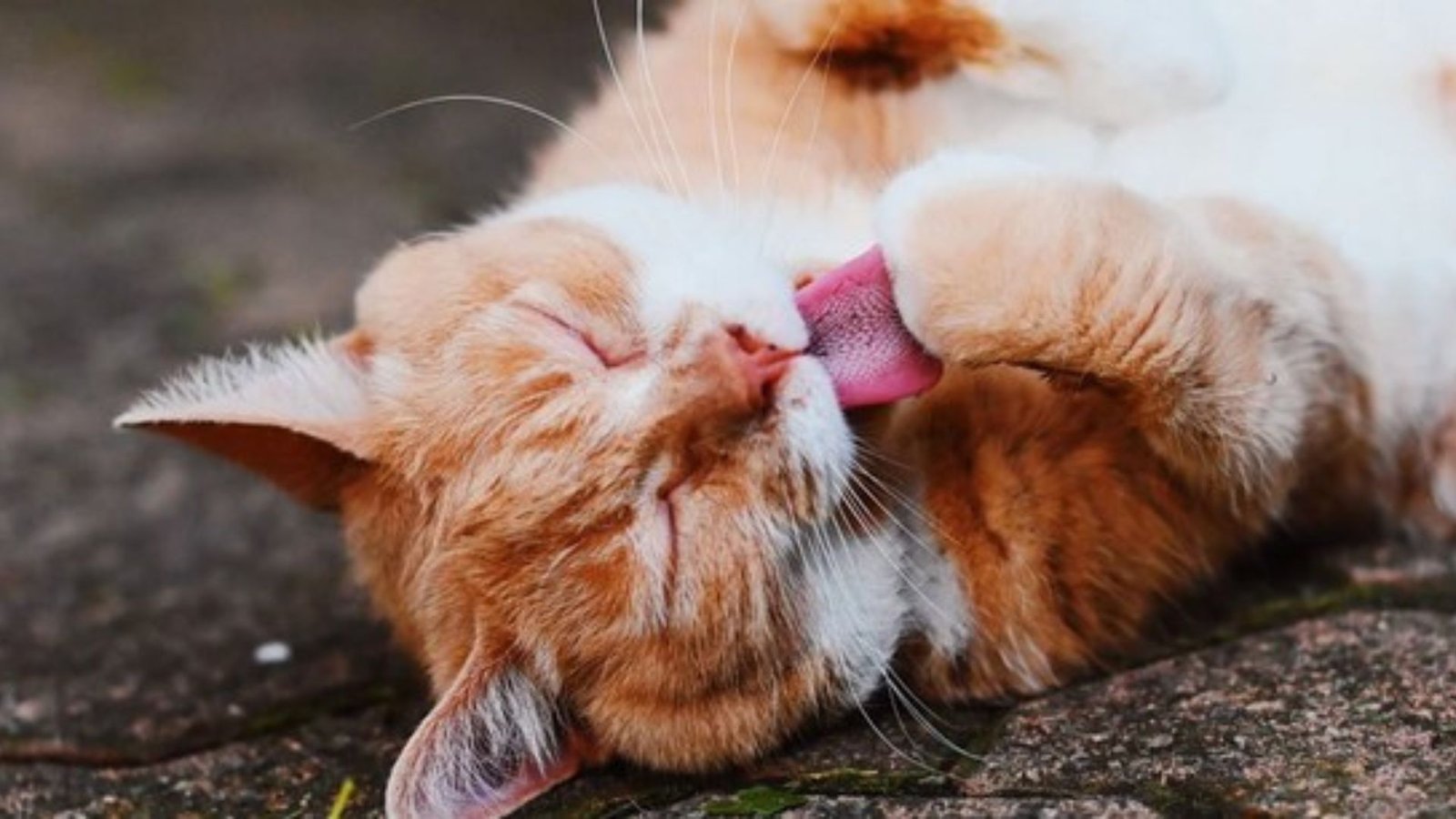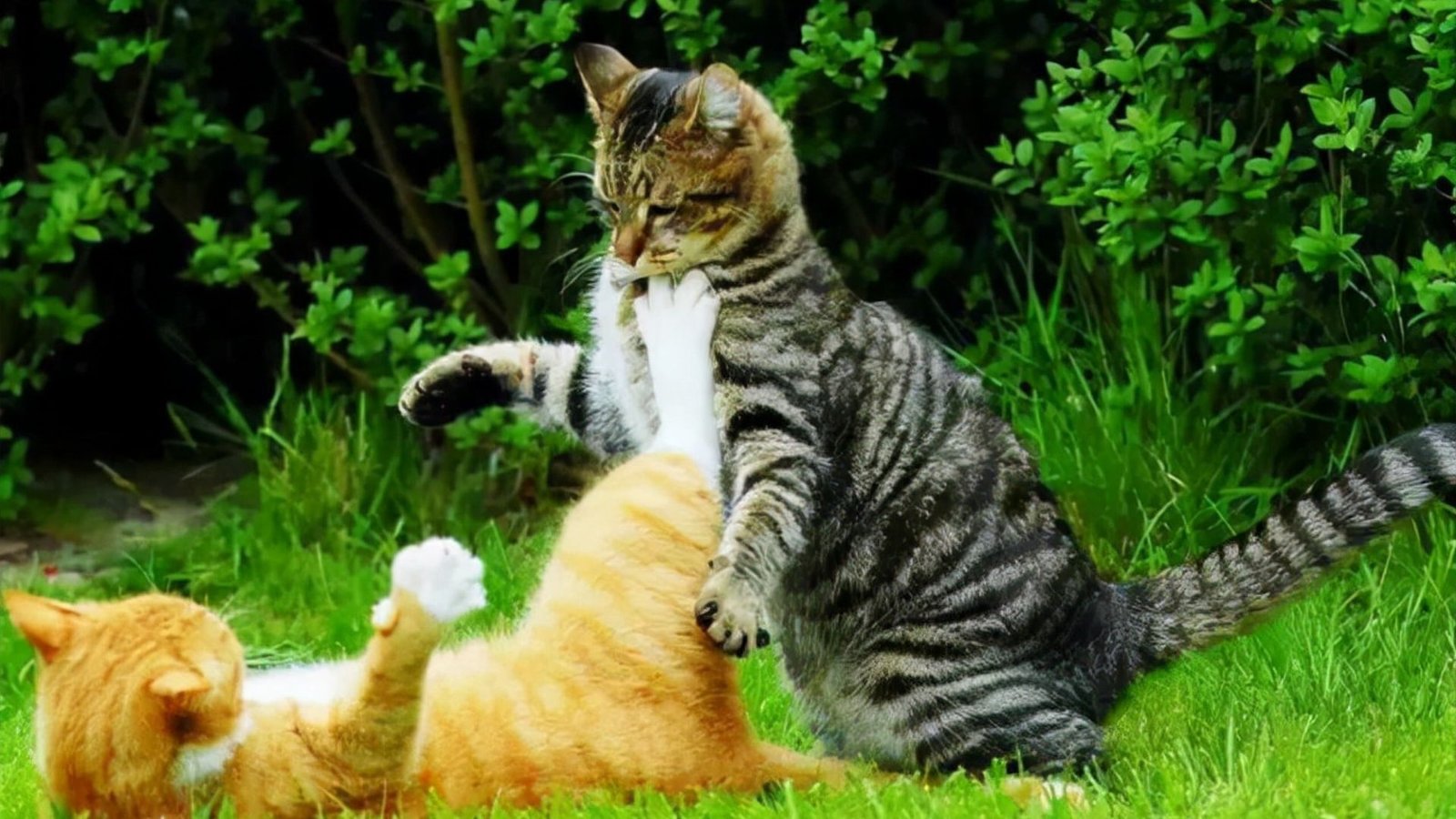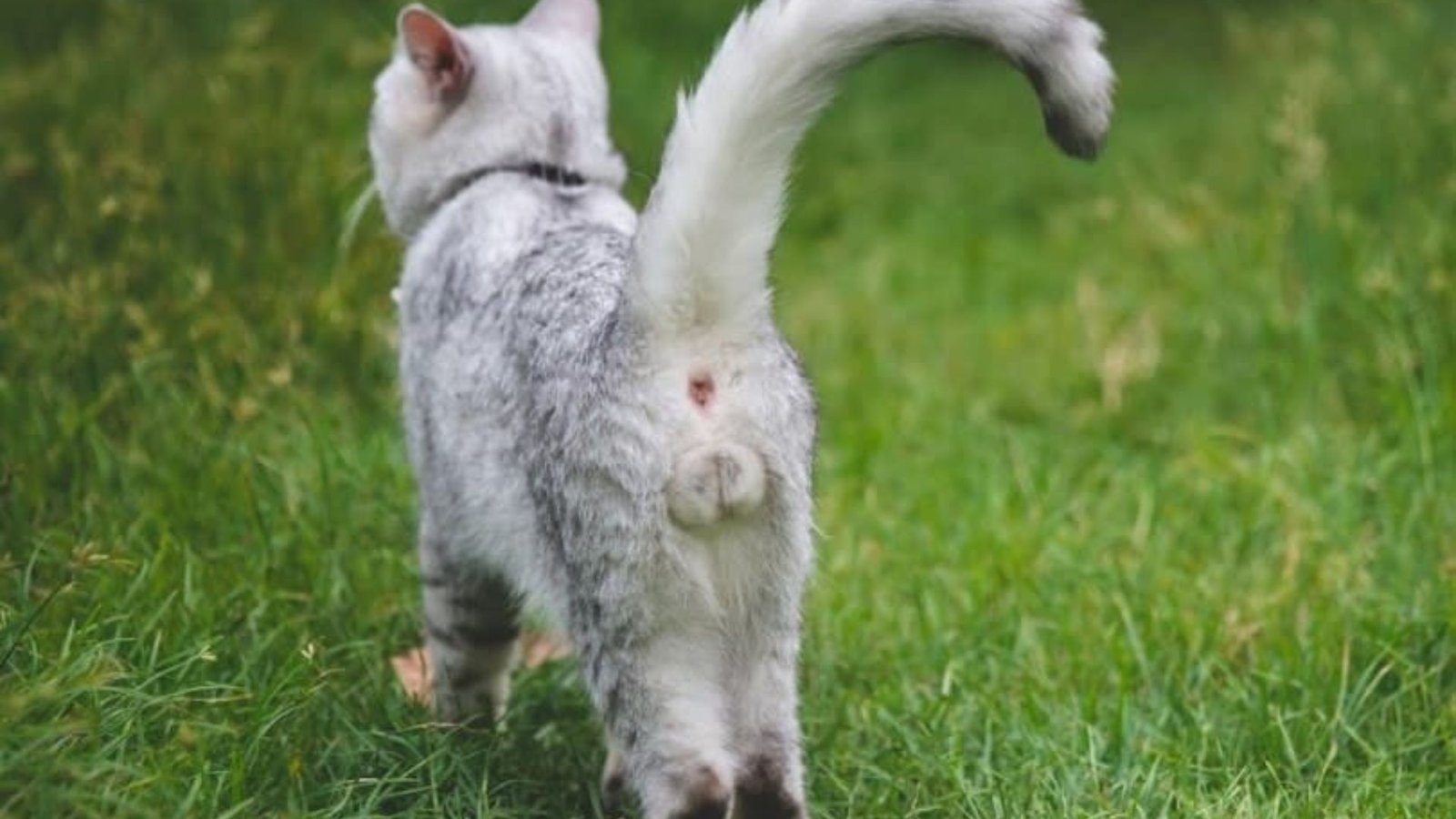Behavioural traits of male cats can vary significantly depending on whether they are neutered or intact. Male cats often exhibit distinct behaviors that set them apart from female cats. Understanding these traits can help cat owners provide the best care for their male feline companions. In this post, we’ll explore the common behavioral traits of male cats and how you can address them to ensure a happy and healthy environment for your pet.

1. Increased Territorial Behavior
Male cats, especially those who are not neutered, tend to be more territorial than female cats. They may mark their territory by spraying urine around the house or outside. This behavior is driven by their instinct to claim space and attract potential mates. Neutering your male cat at a young age can reduce or eliminate this territorial marking behavior, making your cat more content and less likely to engage in unpleasant behaviors like spraying.
2. Stronger Desire to Roam
Male cats have a natural instinct to roam, particularly when they are not neutered. They often search for mates, leading them to wander far from home. This behavior can be dangerous, as it exposes your cat to risks like accidents, fights with other animals, or getting lost. Neutering can reduce this urge to roam and keep your cat closer to home, making him safer and more content.
3. Aggressive or Dominant Behavior
Intact male cats may exhibit more aggressive or dominant behavior, especially if they are around other males. They may fight to establish dominance or compete for the attention of a mate. This behavior can be stressful for both the cat and his owners. Neutering typically reduces aggression in male cats, leading to a calmer and more socially balanced pet. However, some male cats may still show dominance, even after being neutered.
4. Increased Vocalization
Male cats, particularly those in heat, are known for their increased vocalization. They may meow or yowl loudly, often in an attempt to attract female cats. This behavior is more common in unneutered males, as their hormones drive them to seek mates. Neutering can help reduce excessive vocalization, leading to a quieter and more peaceful home environment.
5. Playfulness and Curiosity
Male cats are often known for their playful and curious nature. They tend to explore their surroundings, engaging with toys and investigating new areas in the house. While all cats are curious by nature, male cats may display this trait more frequently. Providing plenty of toys and opportunities for exploration can help satisfy your male cat’s curiosity and keep him entertained, especially if he is indoors.
Conclusion
Behavioral traits of male cats can be influenced by their hormones, but neutering plays a significant role in reducing many of the behaviors associated with intact males. Understanding these traits, such as territorial marking, roaming, and increased vocalization, helps you manage your cat’s behavior and provide him with the care he needs. By addressing these traits through neutering and proper care, you can ensure that your male cat lives a happy and healthy life, free from unwanted behaviors.




